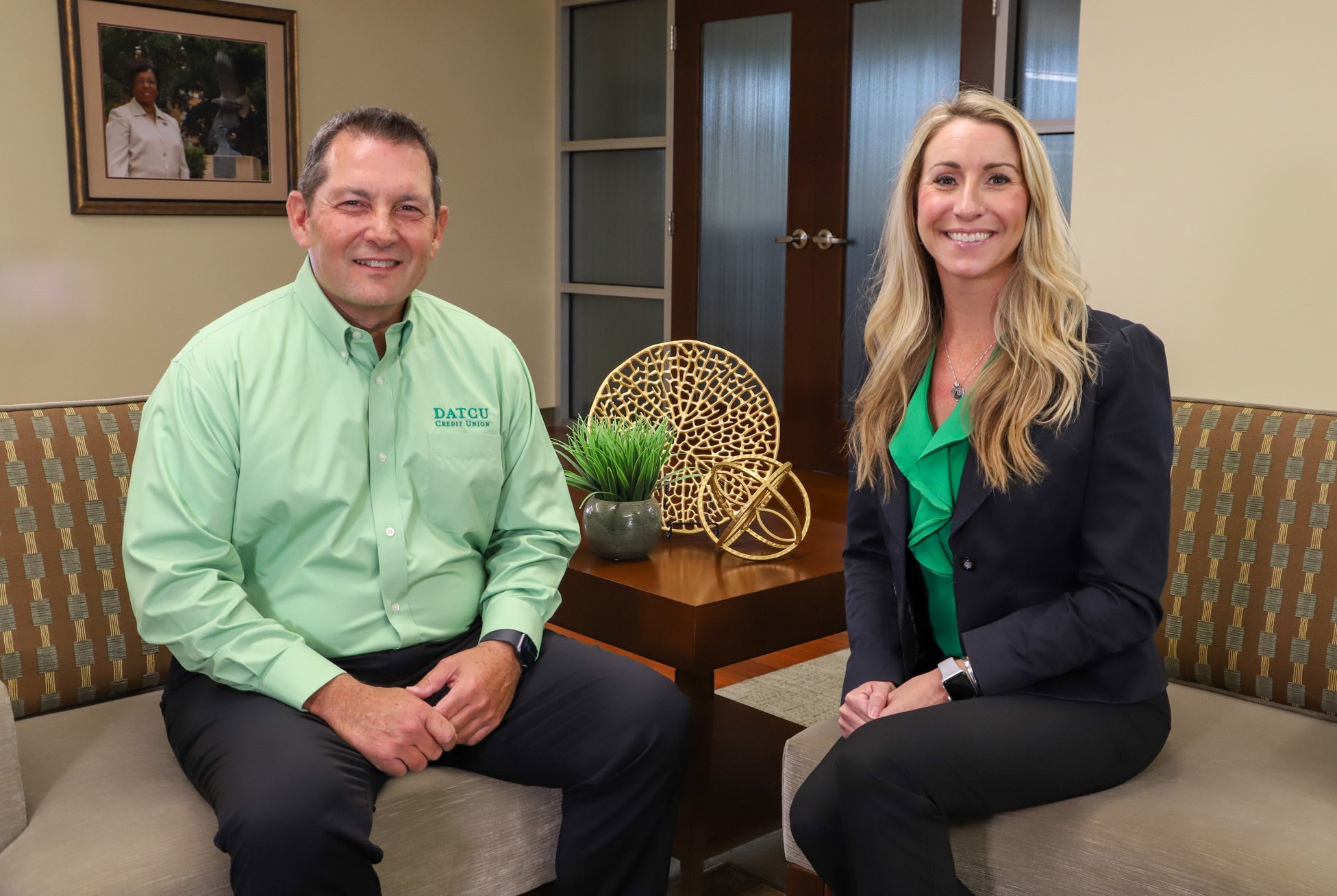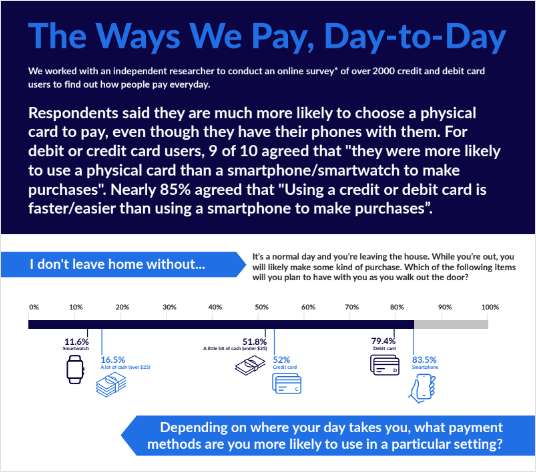Credit unions were more concerned about interest rate risk than their banks counterparts in 2013, according to a recent report from research firm Aite Group.
The report, Top U.S. Lenders Tackle Risk and IT Challenges: Not Their First Rodeo, was based upon a 2013 follow-up survey among lenders who participated in 2011 lending survey by Aite. That first survey asked about the lenders' most pressing concerns, which at the time included managing troubled portfolios, portfolio growth and regulatory uncertainly.
To gauge if some of those same lenders had similar or different challenges, Aite conducted the 2013 survey designed to discover how the 2013-to-2014 plan was progressing and what the lenders' vision was for 2014 and 2015.
While all the lenders surveyed had the same top concern of compliance and regulatory risk, the credit union respondents expressed more unease “with the addition of more and more regulations, demands to respond quickly, and the challenge to make tightened deadlines than in the inconsistency of interpretation and unreasonable demands made by regulators that troubled banks,” said Christine Pratt, Aite senior analyst.
“Banks and credit unions differed a bit on some others as well. Credit unions found interest rate risk to be very challenging while most banks not quite as much,” Pratt said.
Likewise, banks also spoke about the effect that rising rates would have on distressed home equity line of credit portfolios or mortgage refinances in particular, but credit unions saw rising rates as inhibiting their ability to entice credit customers to leave their banks such as in refinancing auto loans, for example, Pratt noted.
“Credit unions also found credit risk to be more challenging than the banks did and concern about reputation risk was lower in banks as well,” Pratt said. “Credit unions also saw more of a challenge in systemic risk from internal causes than in external fraud from denials in service for example that have plagued the banks.”
According to the Aite report, credit executives in both the consumer and small-to-midsize business segments continued the struggle to grow portfolios against immoveable foes. Pratt said that is to say that the economy, regulations and a variety of other risks continue as potent or even potentially dangerous challenges to the survival of the U.S. financial ecosystem.
Since 2008, regulated financial institutions' earnings have reflected heavy interest income losses on credit portfolios, the Aite report read. Retail credit balances declined more than $1 trillion by 2013 from the 2008 high of $13.7 trillion. More than 70% of loan balances continued to reside in the troubled real estate portfolios such as mortgages and HELOCs. Indeed, nearly every type of loan portfolio has lost significant balances. New loans often came in at lower interest rates than did mature loans, further diminishing portfolio returns.
Read more: Compliance concerns still top list of challenges …
In 2011, 72% of the interviewees chose regulations as the biggest challenge that lending managers were facing, according to Aite. By 2013, when most lenders had expected to be moving forward, a full 95% placed compliance and regulations atop the leader board. Interest rate risk, particularly in mortgage and home equity portfolios, ranked second on the challenge list, with 50% of respondents finding it very challenging or extremely challenging.
Aite found that what was apparent for all the credit union and bank participants was compliance remaining a serious challenge, and they did not see that changing in 2014 or even 2015.The strongest areas of concern frequently mentioned were the uncertainty of final rules and regulations as well as tight timelines for implementation including the Qualified Mortgage rule in the Dodd-Frank Act.
Lenders also worried about the constant requests from auditors for data and reports prevented lenders from gathering data for their own needs, according to Aite. For most, relationship management is also becoming critical, Pratt said, adding they want to know how customers prefer to be contacted and what products they should price at the individual level. An ongoing lack of IT resources and budget due to concentration on compliance was a big issue for many respondents.
“What I also see that is troublesome for credit unions is that not much concern emerges for small business credit risk,” Pratt said, looking at the survey results and through continuing dialogues with large and small credit unions. “What is missing for me is a sense of credit union managements' ownership of small business loans and business owner members from the perspective of both credit and reputation risk.”
Pratt said too often, she hears that business loan applications are passed onto CUSOs not only for adjudication, but also for servicing and reporting. Credit union management often has little to no involvement with business loans, she added.
“What credit unions can take away from banks on this is that lack of involvement of senior management in significant financial transactions – think mortgage brokers and large banks – is a disaster just waiting to happen,” Pratt said.
CUNA Mutual Group Chief Economist Dave Colby said the only sure things in 2014 will be what credit unions will do for their members.
“The nation's credit unions are supporting a modest recovery at the consumer level driven by replacement demand and low interest rates,” Colby offered. “The U.S. economy is moving in the right direction and should continue to do so provided the leaders, regulators and agenda-driven rule writers don't mess it up.”
Also making an appearance in the Aite 2013 survey's answers about the most challenging risks was liquidity risk or the risk that an institution could aggregate loans in excess of the capital and reserve account balances necessary to cover its obligations.
Pratt said several executives are seeing regulatory pressure to consolidate IT vendors in an effort to contain systemic risk. For the most part, this pressure seems to be, at least for the next couple of years, a non-starter for lenders, she pointPratt said several executives are seeing regulatory pressure to consolidate IT vendors in an effort to contain systemic risk. For the most part, this pressure seems to be, at least for the next couple of years, a non-starter for lenders, she pointed out. Examples of critical types of systemic risk expected to continue to challenge in 2014 and 2015 include denial-of-service attacks and mortgage buy-backs, particularly at large banks that had acquired portfolios or institutions.
Other systemic risk concerns included the complexity of IT change management, an inability to deploy peripheral equipment and auto dealer liquidations, Aite found. Credit unions that ceded too much credit and supervisory authority to CUSOs for SME loans without strong credit policies in place also were cited.
The Aite survey respondents said they expected external fraud to continue to be challenging in 2014 and 2015, including appraisal fraud with mortgages and HELOCs, auto dealers tricking origination adjudication systems, money laundering and foreclosure and other collections fraud, particularly in equity loans.
One bright spot was while credit executives in 2011 expressed a very high level of concern over the lack of qualified customers among both consumers and small businesses applying for loans, the last two years have seen this concern lessen somewhat.
Complete your profile to continue reading and get FREE access to CUTimes.com, part of your ALM digital membership.
Your access to unlimited CUTimes.com content isn’t changing.
Once you are an ALM digital member, you’ll receive:
- Breaking credit union news and analysis, on-site and via our newsletters and custom alerts
- Weekly Shared Accounts podcast featuring exclusive interviews with industry leaders
- Educational webcasts, white papers, and ebooks from industry thought leaders
- Critical coverage of the commercial real estate and financial advisory markets on our other ALM sites, GlobeSt.com and ThinkAdvisor.com
Already have an account? Sign In Now
© 2025 ALM Global, LLC, All Rights Reserved. Request academic re-use from www.copyright.com. All other uses, submit a request to [email protected]. For more information visit Asset & Logo Licensing.









